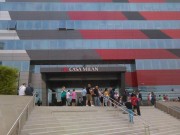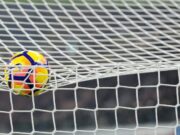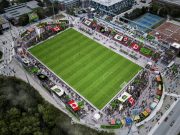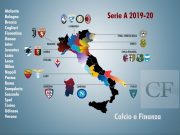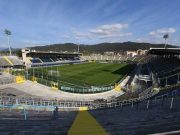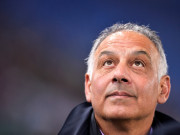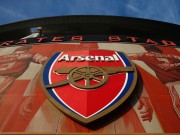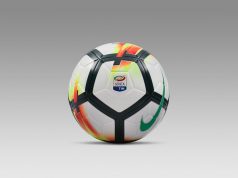Juventus recently acquired Mattia Caldara as their next defensive reinforcement, with the terms being the loaning of the player for another year to Atalanta before switching to Juventus in 2018.
Juventus has always been interested in young Italian prospects and based a big part of its competitive advantage and its consistent performance on players with this type of profile and characteristics.
This acquisition of the 22 year old from Bergamo brings to mind some of the most important deals operated by the Old Lady to strengthen the defensive package.
Bonucci, Chiellini and finally Rugani (who has just renewed his contract) mirror what the club just did with Caldara: insert a talented young player, Italian, able to grow over time and “take” the place of the more experienced players.
This strategy has recently paid off with the explosion of the same Rugani (who renewed until 2021), now a regular first-string player for coach Massimiliano Allegri.
Considering that also Alex Sandro was bought at a young age (24 years old) and lived the first season by “shadowing” Patrice Evra (a free transfer from Manchester United in 2014, and recently sold to Marseille), we can conclude that even on the left wing Beppe Marotta and his staff planned the transition properly.
On the opposite side, instead, other than Lichtsteiner (who arrived already “mature” from Lazio, we must remember that he was purchased to replace the various Grygera and Motta) Juventus added Dani Alves (another free transfer): the 33-year-old with great experience capable of diversifying the characteristics of Lichtsteiner (the Swiss more “prudent”, the Brazilian more “offensive”) and ensure the right degree of international experience to guide the younger players.

However, due to problems of adaptation with Italian football and the recent long injury, the former Barcelona player has not given the contribution that supporters and critics expected.
Mehdi Benatia concludes the defensive line, on loan from Bayern Munich with right of acquisition, seeking revival after low-performing seasons in Germany. Let us not forget that the Moroccan had been the crucial defensive pillar of Garcia’s brilliant Rome and that if he were to return to those levels it will be difficult to remove from the starting 11.
The same can be said for Dani Alves: not questioning the quality of the player, but at the moment his performances are below (mostly because of repeated injuries) expectations.
To secure this solid defense (17 goals conceded in the first 25 games of the season and 8.2 shots given per match, best stat of the entire Serie A in which only Napoli is closest with 9.4) Juventus spent a little amount, about €61 million. Note that the annual depreciation is less than €1 million for all players except Alex Sandro and Benatia (who is, however, on a loan). Depreciation and also a low impact on the total cost for defenders, a sign that targeted investments have been made without high costs and without the need to “chase” the competition wasting resources.
For the defensive package, 16% of costs in the income statement is given by depreciation, while the remaining €50 million or so are salaries. This could also be a weapon of last resort in case the budget does not “match”: a low depreciation corresponds both to a long duration of the contract, and, above all, a limited residual load. Any offer would therefore generate economic gains for the accounts of Juventus.
In short, the program guarantees a double victory for Juventus: field results (which are both objective and business accelerators) and positive budget.



